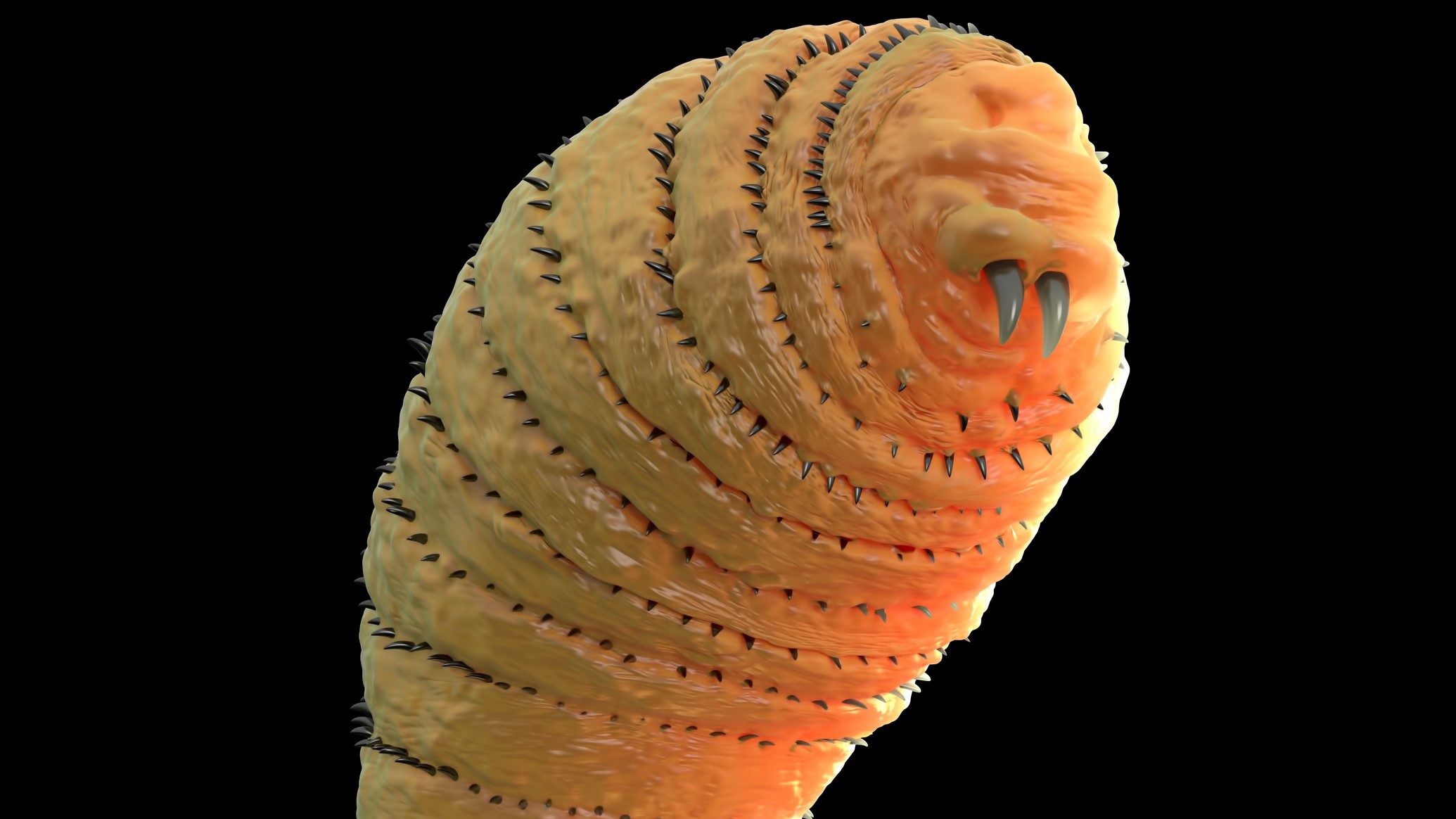A dozen squirming fly larvae cause man's 'itchy eye'
The organisms were identified as sheep bot flies, or Oestrus ovis.

A man's itchy eye was due to more than a dozen fly larvae that were squirming around inside his peeper, according to a new report.
The 53-year-old man, who lives in France, went to the emergency room after he developed an itching sensation in his right eye that had lasted several hours, according to the report, published online Wednesday (April 6) in The New England Journal of Medicine. He told doctors that, earlier that day, he had been gardening near a horse and sheep farm when he felt something enter his eye, the report said.
When doctors performed an eye exam, they discovered "more than a dozen mobile, translucent larvae" on the man's cornea and conjunctiva, the authors, from the University Hospital of Saint-Etienne in France, wrote in the report. (The cornea is the transparent outer covering at the front of the eye, and the conjunctiva is the membrane that lines the eyelid and white part of the eye.)
The man was diagnosed with external ophthalmomyiasis, or "an infestation of the outer structures of the eye by fly larvae," the authors said.
Related: 'Eye' can't look: 9 eyeball injuries that will make you squirm
The only way to cure the condition is to physically remove the organisms from the eyeball. In this case, doctors removed the larvae with forceps, the report said.
The organisms were identified as sheep bot flies, or Oestrus ovis, a species of fly that can cause parasitic infections in sheep worldwide, according to the University of Florida.
Sign up for the Live Science daily newsletter now
Get the world’s most fascinating discoveries delivered straight to your inbox.
Presumably, the man became infected when a fly flew into his eye and deposited the larvae, the report said.
The authors noted that the fly larvae have "oral hooks" and "body spicules" that could cause superficial abrasions on the cornea if not treated.
At a follow-up appointment 10 days later, the man had recovered and did not have any symptoms, they said.
Originally published on Live Science.

Rachael is a Live Science contributor, and was a former channel editor and senior writer for Live Science between 2010 and 2022. She has a master's degree in journalism from New York University's Science, Health and Environmental Reporting Program. She also holds a B.S. in molecular biology and an M.S. in biology from the University of California, San Diego. Her work has appeared in Scienceline, The Washington Post and Scientific American.










